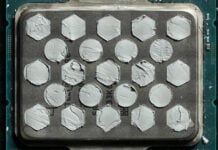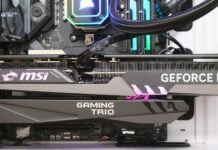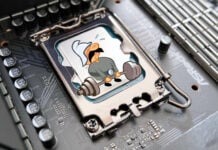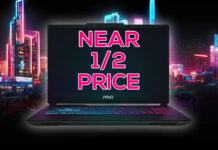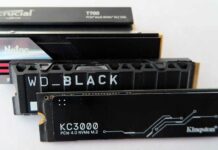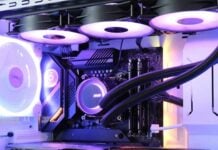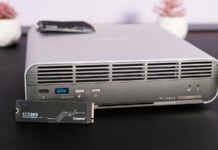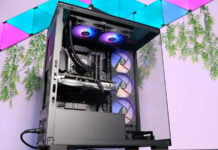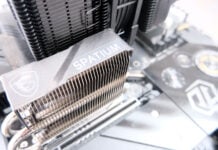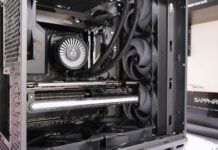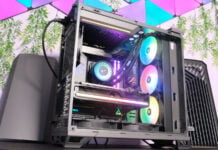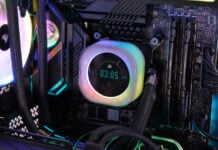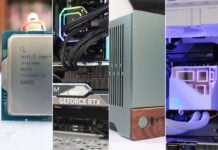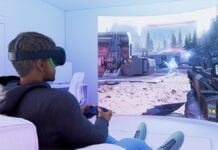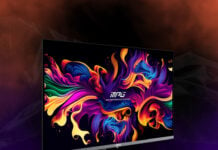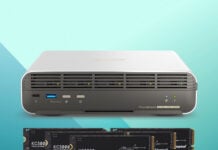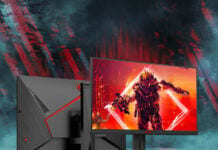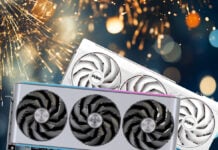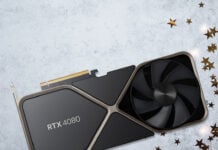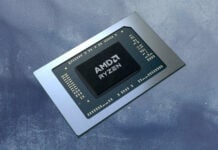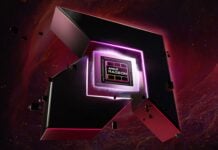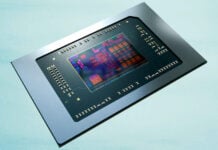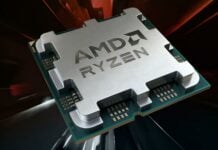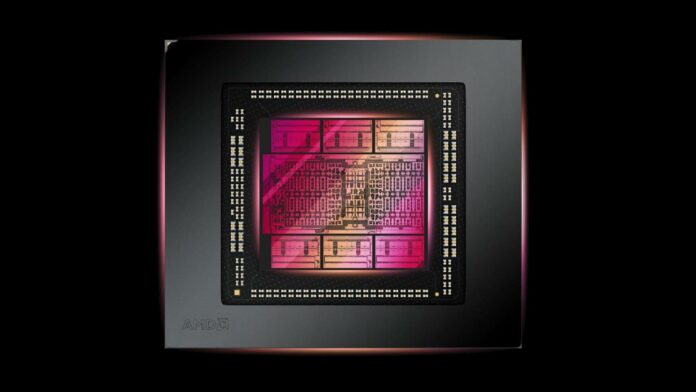
It’s alleged that the upcoming AMD RDNA 4 graphics cards will continue to use GDDR6 memory, as a credible leaker reports.
Spotted by Videocardz, well-respected hardware leaker Kepler_L2 has claimed on social media that AMD RDNA 4 hardware will use older and slower GDDR6 memory for its new line of graphics cards. This source also claims a maximum effective memory of just 18Gbps, which is significantly slower than Nvidia’s current GPU crop. Team Green’s flagships, such as the RTX 4090, can push up to 21Gbps through faster GDDR6X memory, which the brand has used since 2020.
Reception to the rumour has been mixed with PC enthusiasts expressing their disbelief in the Twitter thread. One user asks if this encapsulates the entirety of the RDNA 4 generation, to which Kepler confirms. AMD has yet to verify or confirm the information, but it doesn’t paint the best impression at a time when rumours point towards Nvidia moving to GDDR7 memory for its upcoming RTX 50 series of gaming hardware, claiming up to 28Gbps.
Should this rumour hold water, then it shows that the RX 8000 series will be more of an evolution to the existing RDNA 3 hardware than something that’ll push bleeding edge performance. This is a similar story to how Team Red and Team Green’s rivalry played out nearly two years ago. Nvidia’s flagship RTX 4090 led the charge at an eye-watering $1,599, while AMD’s Radeon RX 7900 XTX undercut it at $999. Both use 24GB VRAM; however, the former is built on GDDR6X over the latter’s slower GDDR6.
Considering Nvidia ushered in the new memory standard in 2020 for its high-end Ampere models, it’s disheartening that AMD may not catch up for this upcoming GPU generation. After all, it’s been nearly four years. It’s about time it closed the gap. As for how this is going to impact performance, it will become more apparent as games utilise higher amounts of VRAM for higher resolutions with Ultra HD textures. The slower memory type may struggle in comparison, especially as titles could be made to target GDDR7 instead.


